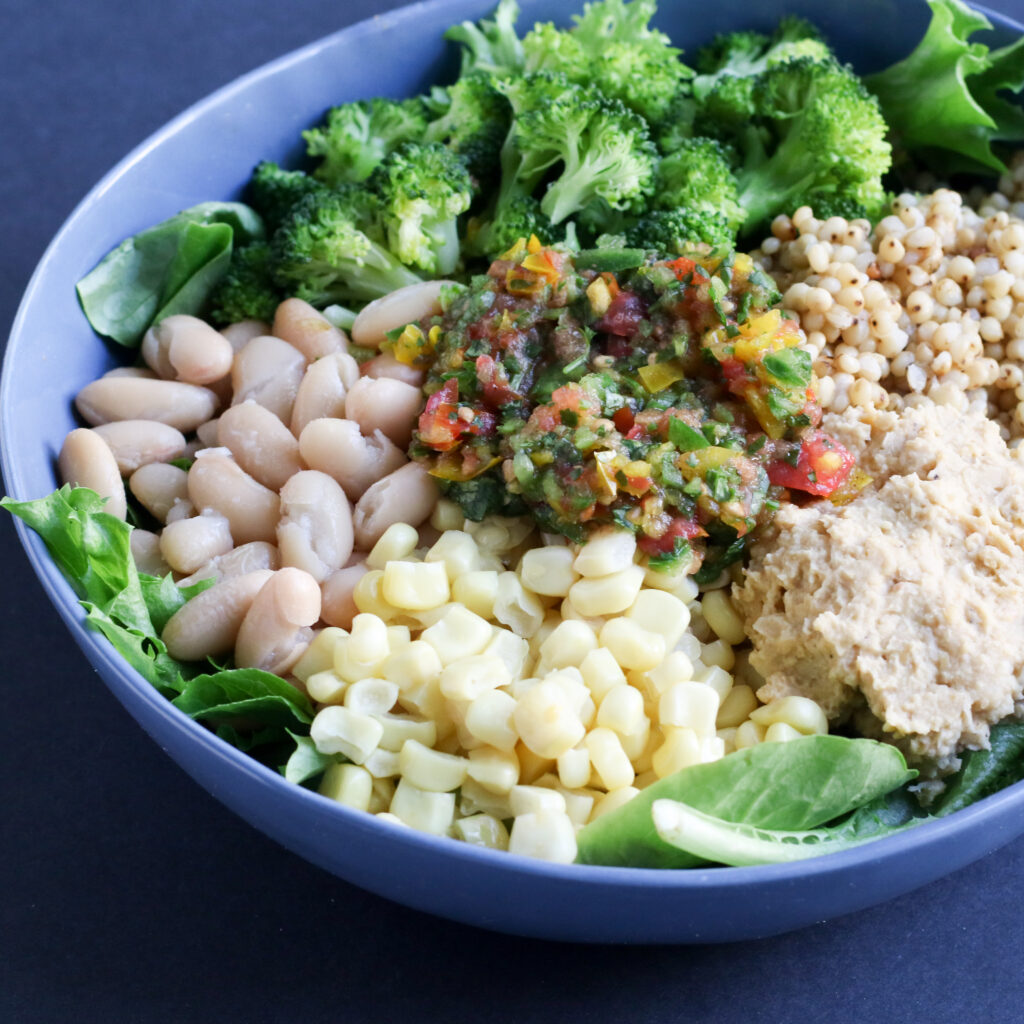Safety Concerns with Henna? | NutritionFacts.org
Is there risk of lead and PPD contamination of red and black henna?
The “average adult uses nine personal care products each day, with 126 unique chemical ingredients.” We used to think that anything applied to the skin would “always remain on the surface of the body,” and the only thing you had to worry about were problems like local skin irritation. But, over recent decades, “it was recognized that some topically applied substances can penetrate into or through human skin” and end up circulating throughout our bodies.
Take the toxic heavy metal lead (Pb), for example. As you can see in the graph below and at 0:38 in my video Is Henna Safe?, to see if lead could be absorbed through the skin into the body, researchers applied lead to a subject’s left arm and then measured the level of lead in the sweat coming off their right

 The Global Burden of Disease Study calculated that not eating enough nuts and seeds was the third-leading dietary risk factor for death and disability in the world. That is why I recommend a daily serving of at least ¼ cup nuts or seeds or 2 tablespoons of nut or seed butter in my Daily Dozen checklist. So, which nut is healthiest? Walnuts really seem to take the lead due to their high antioxidant and omega-3 levels, and they beat out other nuts in vitro in suppressing cancer
The Global Burden of Disease Study calculated that not eating enough nuts and seeds was the third-leading dietary risk factor for death and disability in the world. That is why I recommend a daily serving of at least ¼ cup nuts or seeds or 2 tablespoons of nut or seed butter in my Daily Dozen checklist. So, which nut is healthiest? Walnuts really seem to take the lead due to their high antioxidant and omega-3 levels, and they beat out other nuts in vitro in suppressing cancer